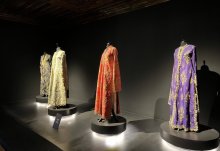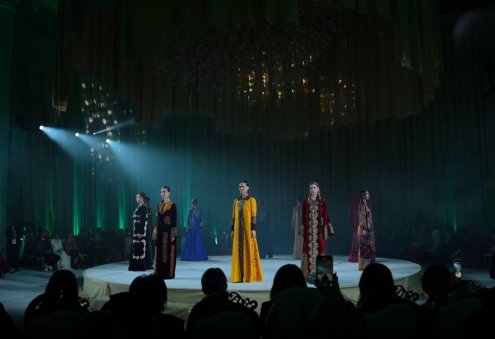The modern architecture of Ankara, built in the spirit of republican modernism, has been added to UNESCO’s Tentative List of World Heritage Sites, bringing the total number of Turkish entries to 80, according to the Embassy of Türkiye in Turkmenistan.
According to Türkiye’s Ministry of Culture and Tourism, in collaboration with the National Commission for UNESCO, a nomination titled “Ankara: Planning and Building of a Modern Republican Capital” was submitted. The document outlines the city’s development from the 1920s to the 1970s as the political and cultural center of the young Turkish Republic. It highlights the city’s urban planning, focusing on the Atatürk Boulevard axis, the Ulus and Kızılay districts, and key government and cultural buildings including the parliament, ministries, and national institutions.
The nomination includes several key sites such as the buildings of the First, Second, and Third Grand National Assembly, the Presidential Complex, Güven Park, Ulus Square, the main train station, İşbank headquarters, the Faculty of Languages, History and Geography, the State Opera and Ballet Theater, and Ankara Radio. These landmarks are noted for reflecting the ideals of a secular, democratic, and progressive state.
The inclusion in the Tentative List was made based on UNESCO criteria (ii), (iv), and (vi), which apply to sites of outstanding cultural value. Turkey’s Ministry of Culture and Tourism emphasized its commitment to continuing efforts to preserve and promote the nation's heritage on the international stage.
Ankara was declared the capital in October 1923, just days before the proclamation of the Republic of Turkey. Breaking from the Ottoman legacy of Istanbul, the new leadership chose Ankara to symbolize modernization and national sovereignty.


28629-220x1652.jpeg)
28633-220x1652.jpeg)
28630-220x1652.jpeg)
28634-220x1652.jpeg)
28631-220x1652.jpeg)
28635-220x1652.jpeg)
28632-220x1652.jpeg)













